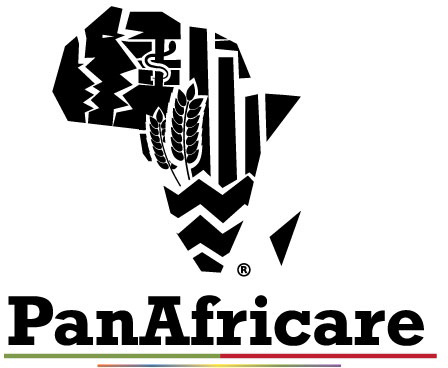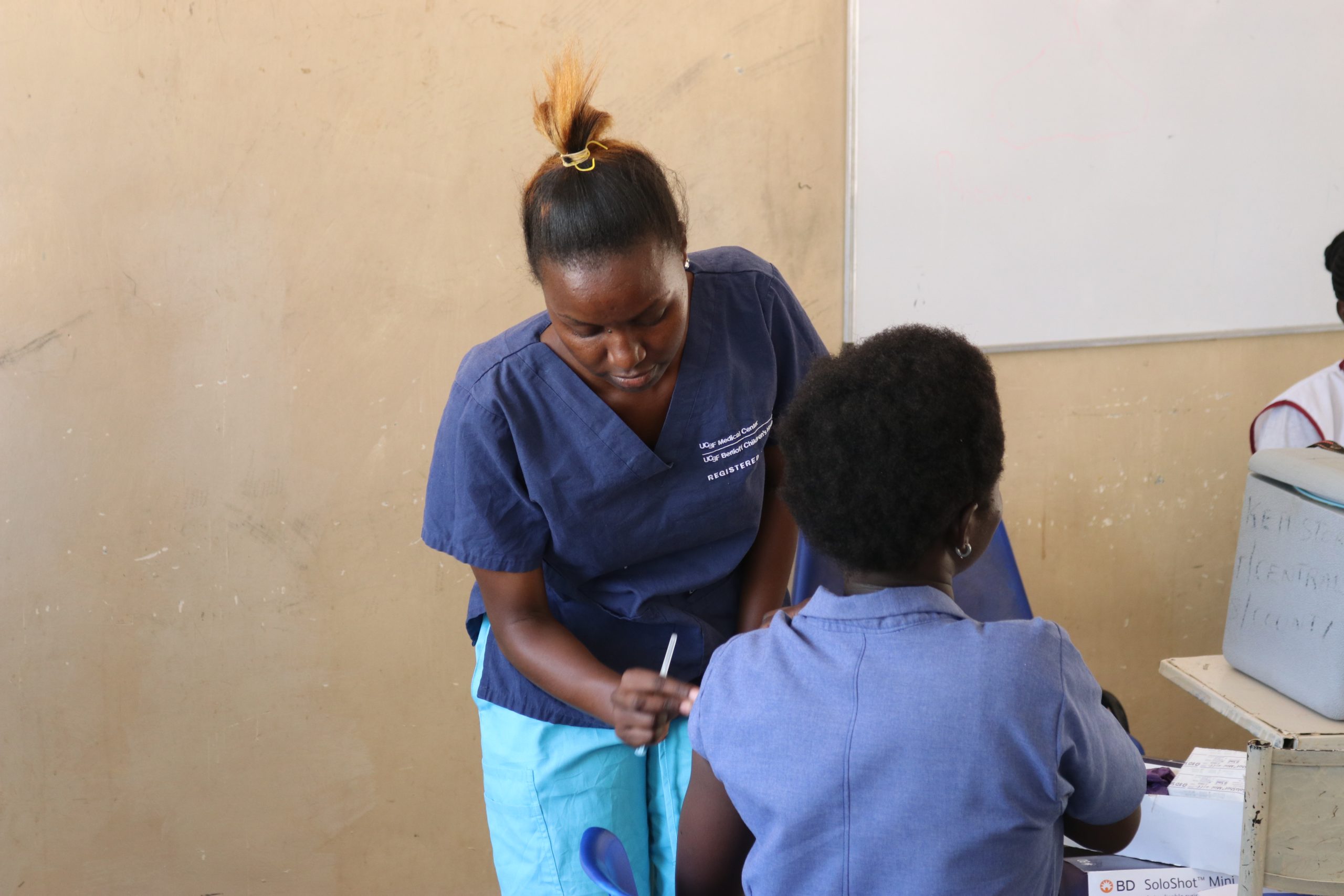According to the State of Food Security and Nutrition in the World 2022 Report, steady progress has been made on exclusive breastfeeding, with 43.8% of infants under six months of age exclusively breastfed worldwide in 2020, up from 37.1% in 2012.
Notably, the report indicated that infants residing in rural areas, in poor households, who are female and whose mothers received no formal education are more likely to be breastfed. This is the only positive step ahead in regard to Sustainable Development Goals target 2.1 and 2.2 whose goal is to end hunger and food insecurity by 2030.
The comprehensive report developed by FAO, IFAD, UNICEF, WFP, and WHO highlighted that the world was moving in the wrong direction. “It is estimated that between 702 and 828 million people were affected by hunger in 2021. The number has grown by about 150 million since the outbreak of the COVID-19 pandemic; 103 million more people between 2019 and 2020 and 46 million more in 2021.”
In Kenya, food and nutrition status is worsening as the cost of food and agricultural inputs increases. A SMART Survey conducted in Turkana County released in July 2022 painted the entire county as a malnutrition hotspot with 48.1% of residents consuming less than three food groups.
While the government has provided subsidies on food such as maize and sugar, the cost of food with better nutritional value remains expensive and unaffordable to most households. The fiscal subsidies have increased the availability and utilization of staple food and at the same time discouraged access to unsubsidized food such as fruits and pulses.
Diet quality has to be emphasized at the policy-making level as is a critical link between food security and nutrition. This ensures that market and trade interventions not only make the staple food available and affordable but also the other nutritious food that makes a healthy plate are made affordable.
Unfortunately, most of the agricultural policy support is not usually aligned with the national objective of promoting healthy diets. This is an area of improvement to realize better food security and nutrition outcomes.
It is predicted that the cost of a healthy diet will likely continue to rise as food prices have surged in 2021, and into 2022. It is, therefore, crucial to realign and repurpose policies especially agricultural, to improve access and availability of healthy diets.
Key references
State of Food Security and Nutrition in the World Report 2022.
Turkana County SMART Survey Report 2022.
This article was written by Dominic Kosgei, PanAfricare Kenya Communications Officer.




